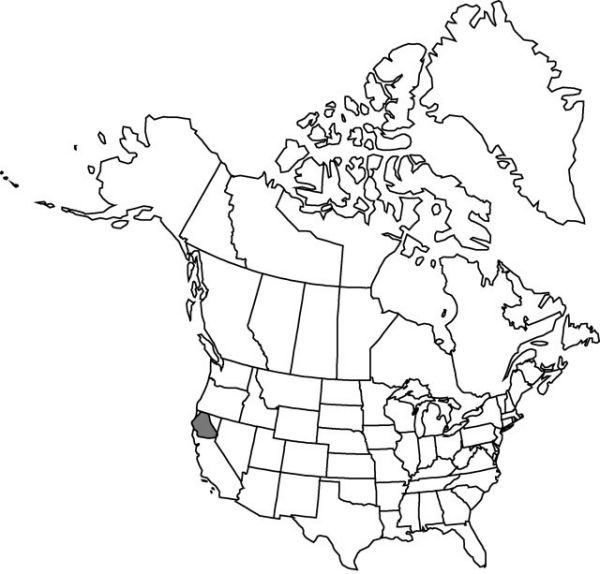Iris tenuissima
Gard. Chron., ser. 3, 51: 18. 1912.
Rhizomes freely branching, producing dense clumps, slender, 0.5–0.7 cm diam., covered with bases of old leaves; roots fibrous. Stems simple, solid, 2–3 dm. Leaves: basal with blade sometimes pink to red basally, finely ribbed, linear, 3–3.5 dm × 0.5 cm, subglaucous, margins not thickened, apex acute; cauline 1–3, imbricated, mostly free, bractlike, blade linearlanceolate, inflated. Inflorescence units (1–) 2-flowered; spathes often flushed with pink or red, lanceolate, 4–8 cm × 5–10 mm, subequal or unequal and inner somewhat longer than outer, rigid, apex acuminate. Flowers: perianth pale cream with distinct veins of lavender, reddish-brown, or brown, margins often distinctly crisped; floral-tube funnelform, 3–5.8 cm, slender, then expanding abruptly to base of flower; sepals spreading outward from base and remaining in horizontal position for entire length, narrowly lanceolate to oblanceolate, 4–6.5 × 1.1–1.8 cm, base attenuate into long claw; petals somewhat spreading, not strictly erect, 4.5–6.5 × 0.6–1.4 cm, base gradually attenuate; ovary 1–2 cm, gradually tapering to each end; style 2–3 cm, crests linear, undulate near tip, 1–2.5 cm; stigmas triangular; pedicel 0.8–1.8 cm at anthesis. Capsules oblong, round in cross-section, 3–4 cm, base abruptly attenuate into pedicel, apex gradually acuminate into distinct beak apically. Seeds grayish brown, pyriform to oval, 3 mm, wrinkled. 2n = 40.
Phenology: Flowering Jun–Jul.
Habitat: Dry, sunny woods
Discussion
Iris tenuissima hybridizes with I. chrysophylla, I. douglasiana, I. hartwegii, I. macrosiphon, I. purdyi, and I. tenax.
Selected References
None.
Lower Taxa
"dm" is not declared as a valid unit of measurement for this property."decreasing" is not a number."dm" is not declared as a valid unit of measurement for this property.
